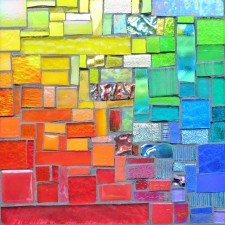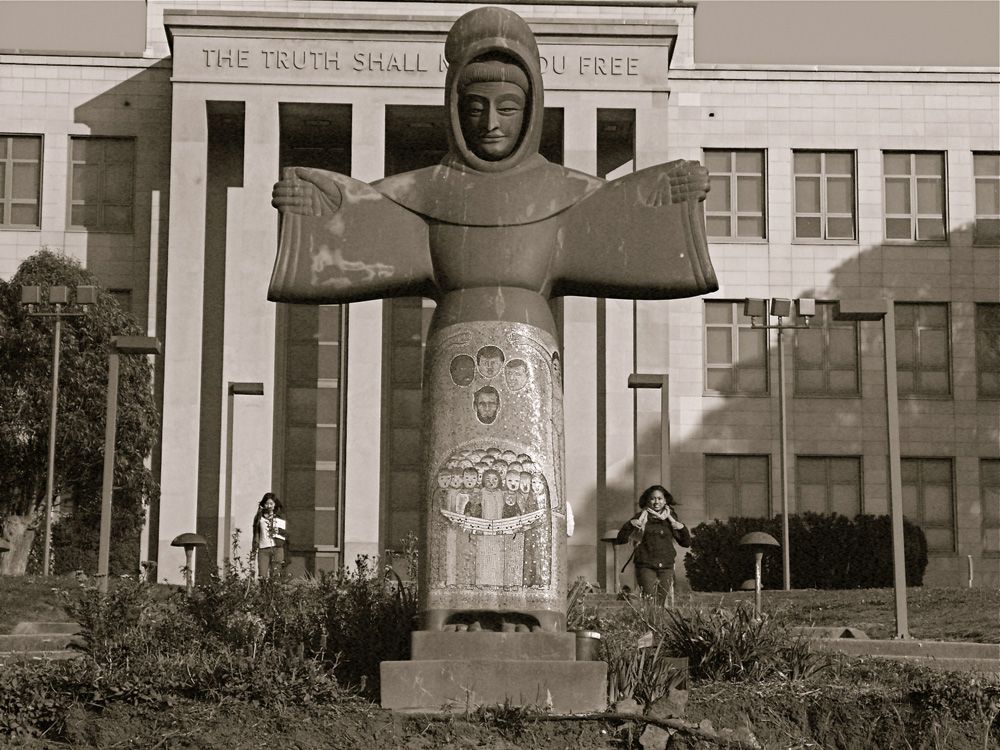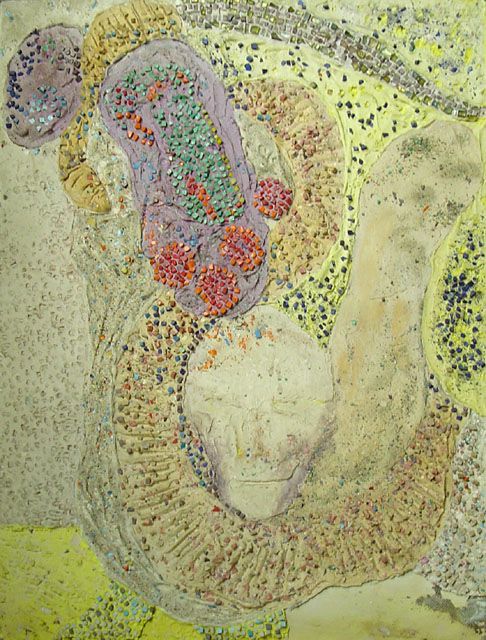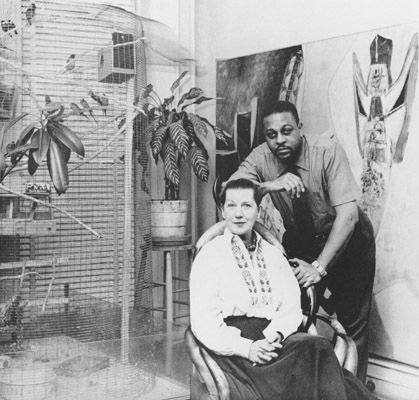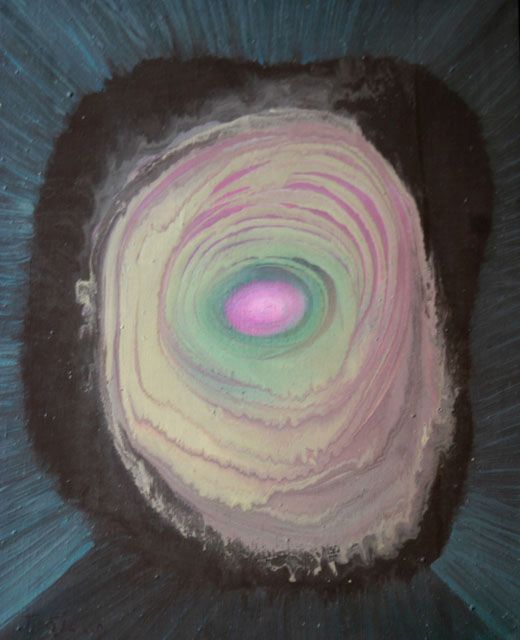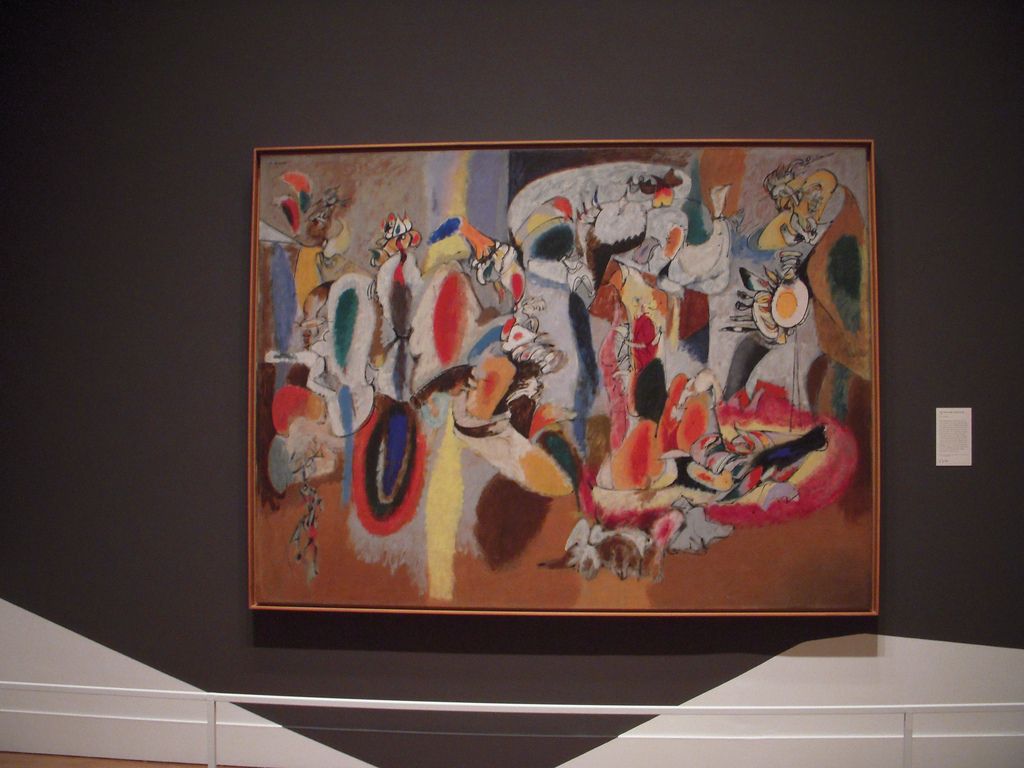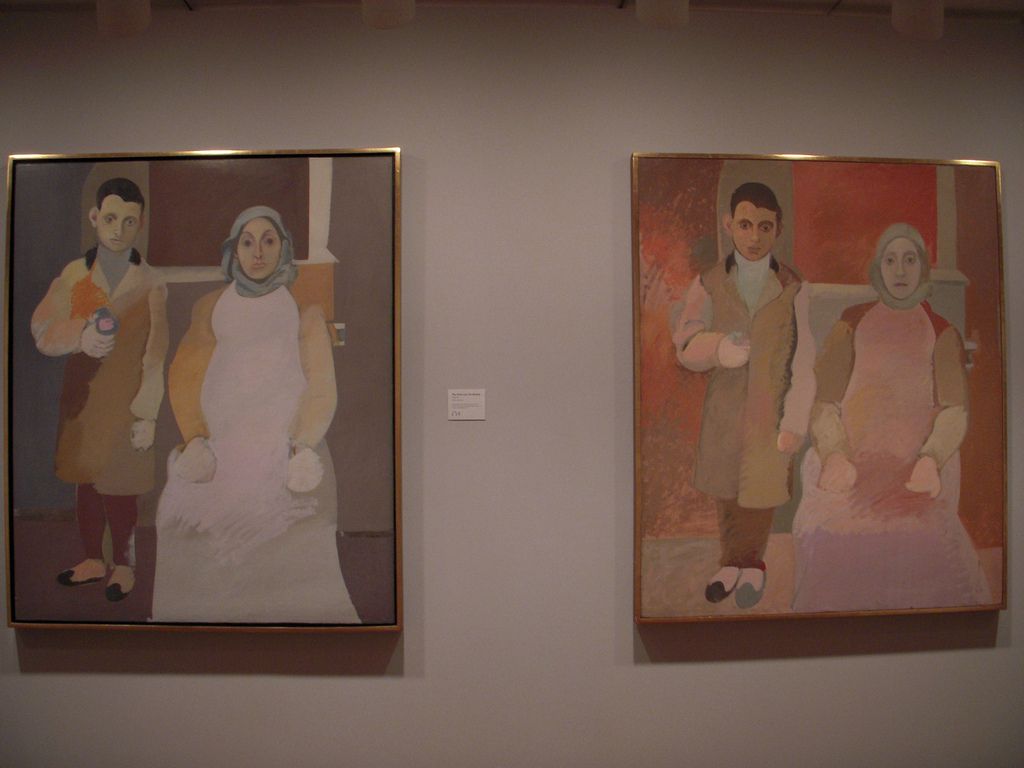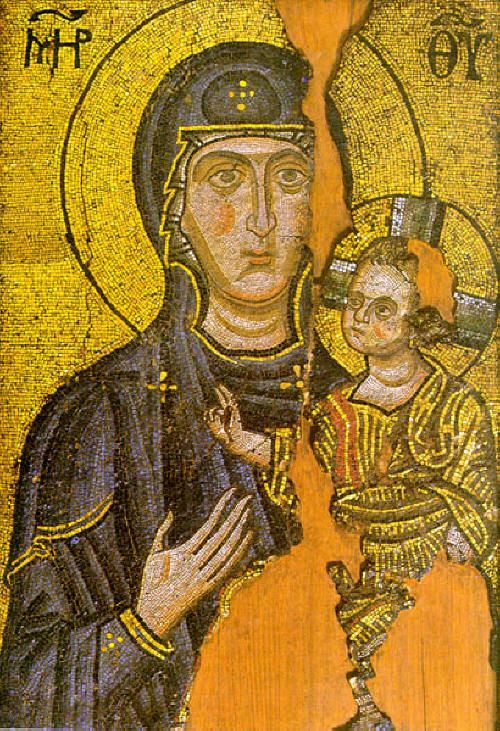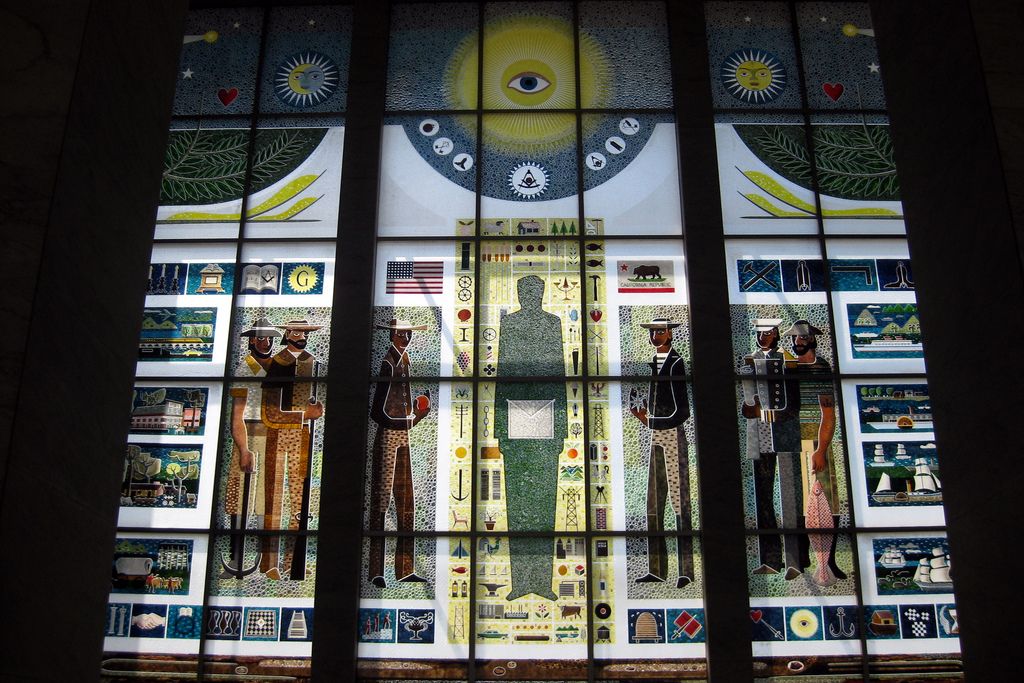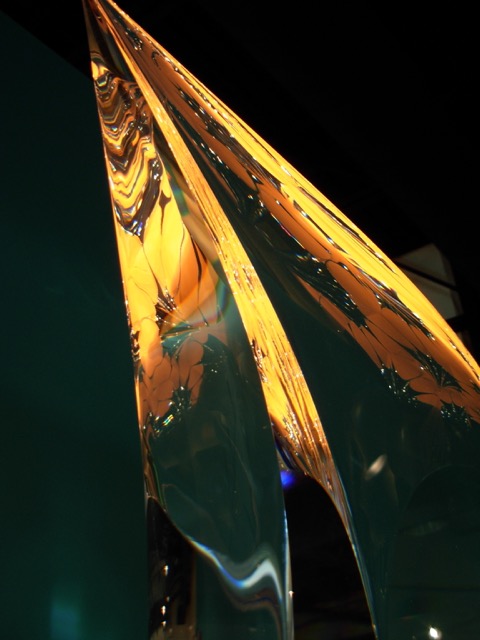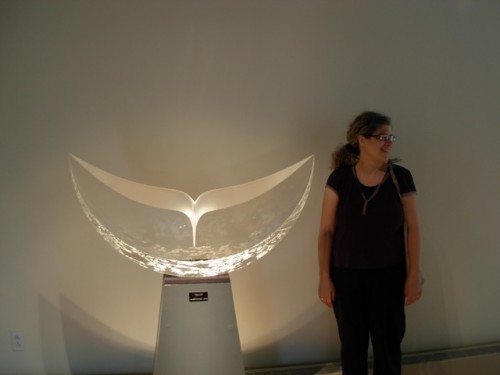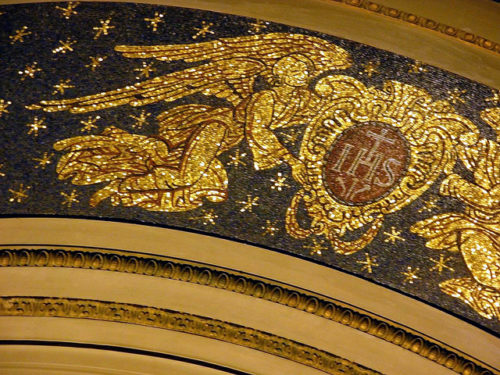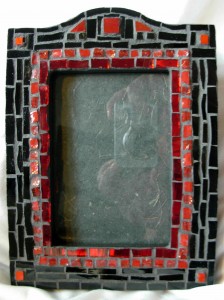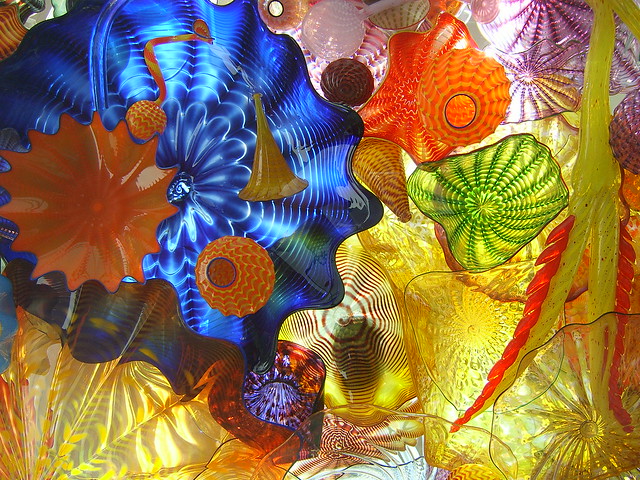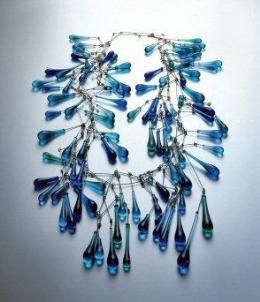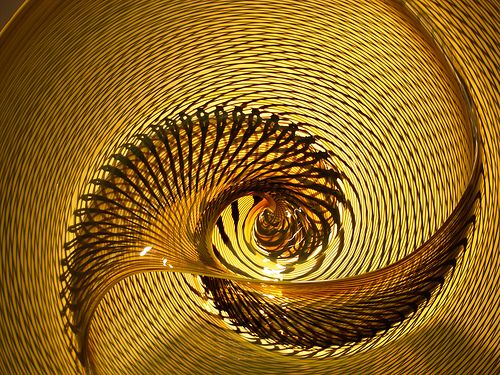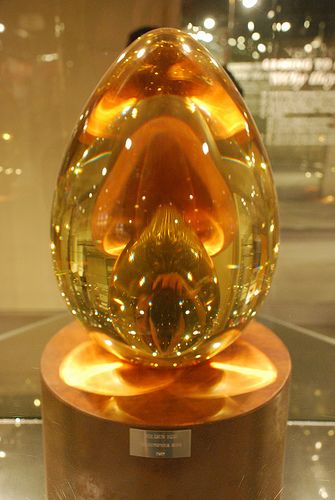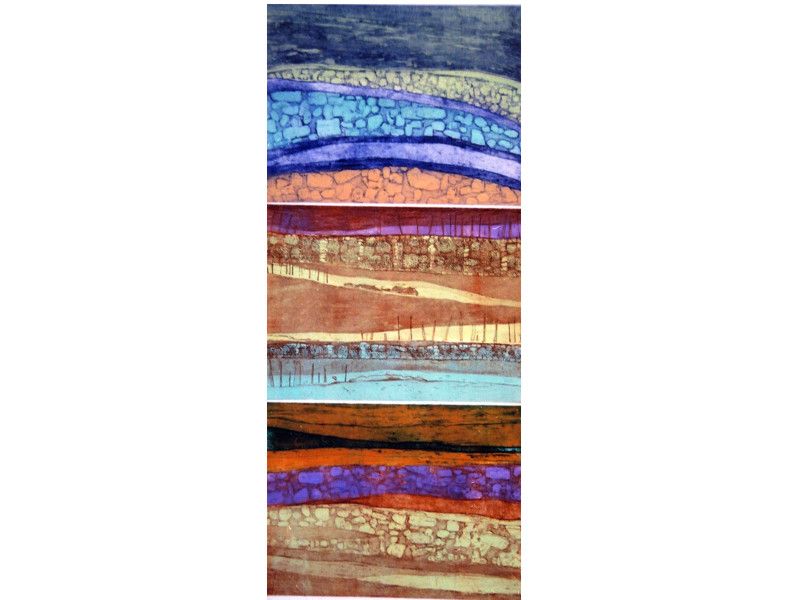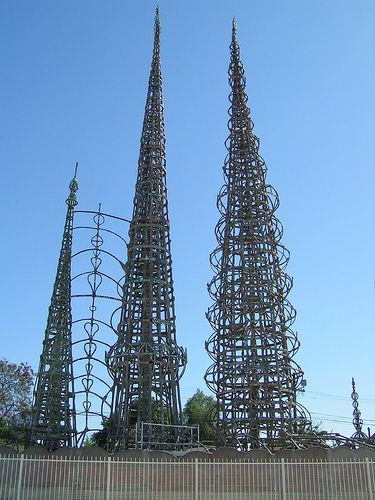
Stratoz and I discovered Retro TV which we can magically receive due to a cheap digital converter box and rabbit ears from Radio Shack(yes, we are very high tech!) Dragnet was unknown to me as a child, but is a regular on Retro TV and I was watching the odd intro where Joe Friday advertises some attraction of Los Angeles in his deadpan voice, and the attraction turned out to be Watts Towers. Mosaics on Dragnet! With Friday’s emphasis that the Towers survived the Watts Riots of 1965.
I’d heard of the Watts Towers but did not realize how tall they are, with some approaching 99 feet, and that Simon Rodia, an Italian immigrant, created them by himself with only a few hand tools, over a period of 30 years, starting in the 1920’s. He collected broken bottles and china and anything else he could find to mosaic the structures composed of metal pipe.
I can’t imagine what it was like to live in Watts with this tower slowly growing toward the sky and then literally towering over the neighborhood. It’s like living in the shadow of a mountain, part of the landscape but wondrously bizarre.
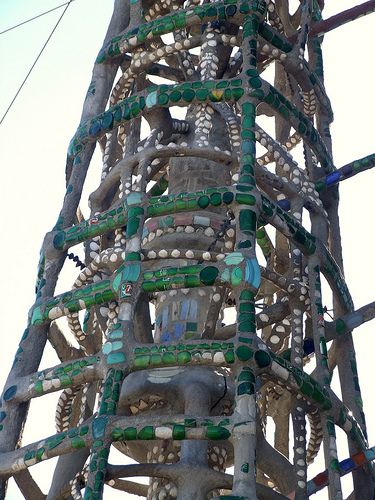
I found a video of a 1957 documentary called The Towers, by William Hale, which is a fascinating look at Rodia at work. The narrator cites Rodia’s “urgent need for expression,” which captures the intense drive he had to build something big. It reminds of Philadelphia’s Isaiah Zagar and his Magic Gardens, how someone collects castoffs, scraps, all that is unwanted, and turns it into expression, into art, or in some cases, orders for demolition, followed by rescue and a flow of people wanting to come and see.
Related Posts:
In a Dream
The
Magic Garden of Philadelphia: Mosaic Immersion with Isaiah Zagar
